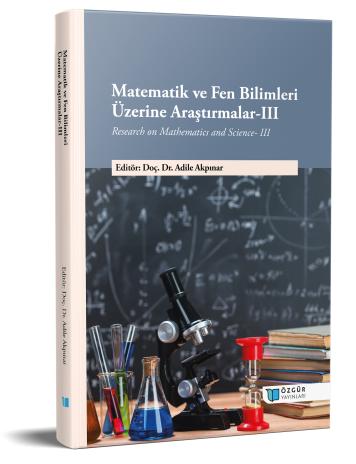
N-Heterosiklik Karben Öncülü Benzimidazol Tuzlarının Suzuki-Miyaura Tepkimesine Ligant Etkisi
Şu kitabın bölümü:
Akpınar,
A.
(ed.)
2023.
Matematik ve Fen Bilimleri Üzerine Araştırmalar-III.
Özet
Biyoaktivite açısından geniş bir yelpazeye sahip biarillerin sentezinde kullanılan karbon-karbon (C-C) eşleşme tepkimeleri arasında en tercih edilen yöntem Suzuki-Miyaura (SM) tepkimesidir. Toksisitesi düşük reaktiflerin kullanımı ve ılıman şartlarda kolay gerçekleşen bir tepkime türü olması bu yönteme olan ilgiyi artırmaktadır. Tepkime sırasında paladyum katalizörleri tercih edilmektedir. SM tepkimesinde çoğunlukla tercih edilen N-Heterosiklik karben (NHC)-Pd katalitik sistemi diğer sistemler ile kıyaslandığında elektronik yapısının rahatça değiştirilebilmesi, hava ve neme duyarlılığının olmaması avantajlarını içerir. Bu anlamda benzimidazol tuzları NHC lerin hazırlanması için faydalı öncüllerdir. Benzimidazolyum halojenür-Pd(OAc)2 katalitik sistemleri ile katalizlenen in situ SM tepkimesi günümüzde seçkin biaril sentez yöntemidir.

